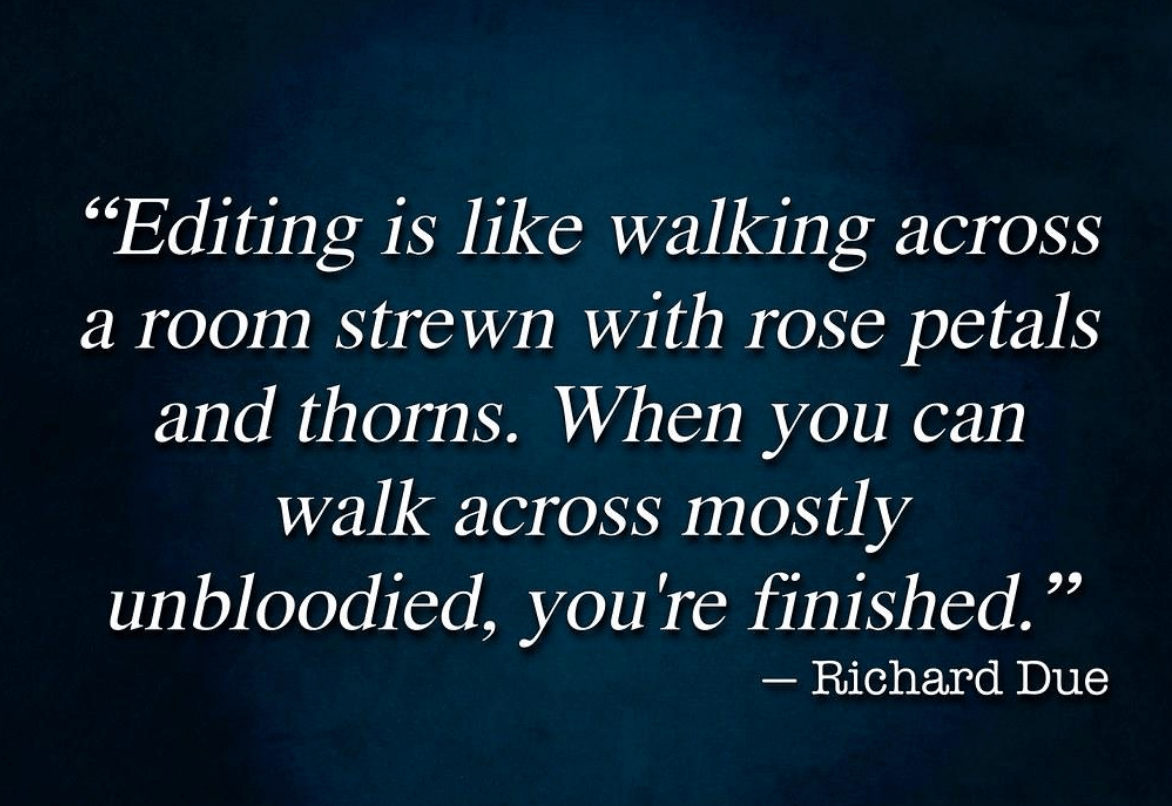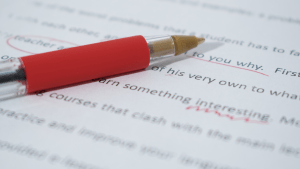As an aspiring writer, we endeavour to have consistent and interesting work to keep us busy. To reach this point takes dedication, after all, writing is hard work. It takes more than just sitting down for an hour and tapping out a few paragraphs. Many people don’t take into consideration the time and effort it takes to research, write, re-write and then edit each piece. With this being said, it is a fact that with each article you write, your process will not only improve but also speed up. However, to be taken seriously by your readers, there are some common grammatical errors you want to avoid.
Something to acknowledge is that these mistakes are made by both beginners and professionals alike. You should not underestimate the importance of reading and re-reading. If possible, ask an editor to proofread your work; a fresh pair of eyes can make all the difference.
A typo or two
One incorrectly spelt word might not seem like the end of the world., however, something as seemingly unimportant as a missing letter can be damaging to your reputation as a reputable writer.
“But I use spell check” I hear you say.
Whilstthis is a great place to start, unfortunately it doesn’t catch every mistake we make. There are many words that if you miss off a letter it becomes another word, therefore, that wiggly red line doesn’t appear to inform us. For example.
- Many – May
- Off – Of
- Your – You
Another one to watch out for is words that sound the same yet are spelt differently. For example.
- Hear
- Here
By concentrating on your spelling, you will avoid any confusion and/or misinterpretation from your reader.
Punctuation is important
Using the right punctuation is essential in making sure your blog post flows well. For many, using the correct punctuation is a chore, whether it be a full stop, comma or a semi-colon. But punctuation is a writer’s friend as it helps to convey your point clearly to the reader. Misplacement of any of these could dramatically change the sentence. For example, I recently read a sign that said,
- “Hunters please use caution when hunting pedestrians using walking trail”.
Which at first made me laugh (very hard, thanks Buzzfeed), but that was followed with the sincere hope that no one misinterpreted its meaning. What it should have said was,
- “Hunters please use caution when hunting! Pedestrians using walking trail”.
As you can see the message that comes across in the first sentence couldn’t be further from what the writer intended.
Next up are apostrophes. I know, they can be tricky, especially when used for contractions. I frequently see them missed out of words, again, changing the meaning of the word resulting in a meaningless sentence. Look below.
- She’ll – Shell
- She’d – Shed
- We’re – Were
Conjunctions help your flow
Small yet mighty! Conjunctions help your reader move smoothly from one idea to another. They prevent short sharp sentences and help your blog post to flow. You want to avoid repetition throughout your article; I often find myself referring to the acronym F.A.N.B.O.Y.S which stands for 7 conjunctions.
F – for
A – and
N – nor
B – but
O – or
Y – yet
S – so
When to use capitalisation
With this being taught at great length at a young age, you would think it to be second nature to use capital letters in the correct places. Alas, it is often overlooked.
Remember to pay special attention to:
- Nouns
- The beginning of sentences
- Headings
- Subheadings
How to write numbers
It’s pretty simple actually. The general consensus is that numbers 1 – 9 are written out using the word and anything higher you use the number. However, for the higher numbers, this rule is not fixed as sometimes writing the number out improves readability for instance numbers such as 2801 opposed to, two thousand, eight hundred and one. Once into the millions, all those 0000000 become difficult to count so whatever you decide, just make sure you are consistent.
“Quotes”
Using quotes in your blog and interpreting other people’s views can give you the edge over your fellow bloggers. It shows your reader that you have done your homework resulting in your blog being noted as higher quality. If done correctly this can add great value to your reputation. Here are some simple tips to follow.
- Always use quotation marks (or block style)
- Cite the name of the author
- Add a link to where you found the quote
Knowing where to add your full stop or comma in a quote can be a predicament. If you scroll through the internet you will see it varies from article to article. This is largely dependent on whether you are writing in British or American English.
- British English – full-stops and commas go outside the quotation marks
- American English – full-stops and commas go inside the quotation marks
First, second or third person
You will find that there is normally one style that you gravitate towards so why not go with what you know. There are no written rules stating that you can’t, nonetheless, remember that some text might read better in a particular style.
For instance, writing in the first person (using I and me) would fit in an article if you were writing a personal blog post about something you have experienced. On the other hand, writing in the second person (using you) lends itself well when writing an educational or instructional piece aimed to add value to your reader. As for the third person, (using he and she) we normally leave that for the storytellers.
Give it a go!
Follow these simple rules and before long, you will be flexing your writing muscles in the major leagues. If you think you have what it takes, why not sign up as a writer with Topcontent and give it a go!







